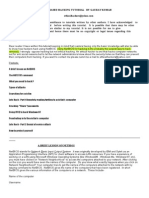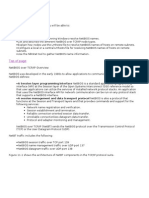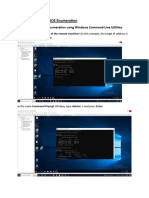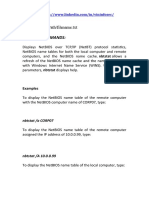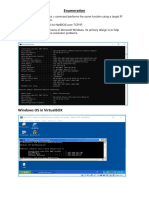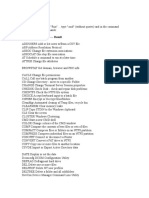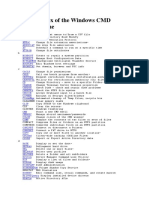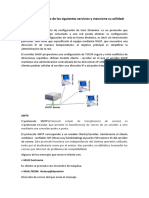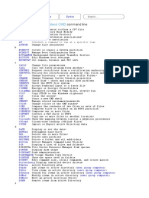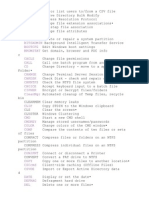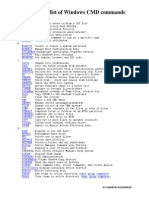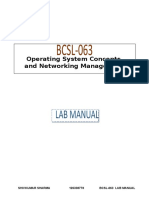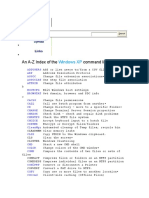100% found this document useful (2 votes)
416 views1 pageNbtstat Commands
Nbtstat.exe is a command line tool that can be used to troubleshoot NetBIOS name resolution issues. It allows you to view the local NetBIOS table, name cache, client and server connections, and purge and reload the name cache from the LMHOSTS file. You can also use it to view the NetBIOS adapter status and name table of remote computers.
Uploaded by
ark308Copyright
© Attribution Non-Commercial (BY-NC)
We take content rights seriously. If you suspect this is your content, claim it here.
Available Formats
Download as DOC, PDF, TXT or read online on Scribd
100% found this document useful (2 votes)
416 views1 pageNbtstat Commands
Nbtstat.exe is a command line tool that can be used to troubleshoot NetBIOS name resolution issues. It allows you to view the local NetBIOS table, name cache, client and server connections, and purge and reload the name cache from the LMHOSTS file. You can also use it to view the NetBIOS adapter status and name table of remote computers.
Uploaded by
ark308Copyright
© Attribution Non-Commercial (BY-NC)
We take content rights seriously. If you suspect this is your content, claim it here.
Available Formats
Download as DOC, PDF, TXT or read online on Scribd
/ 1


